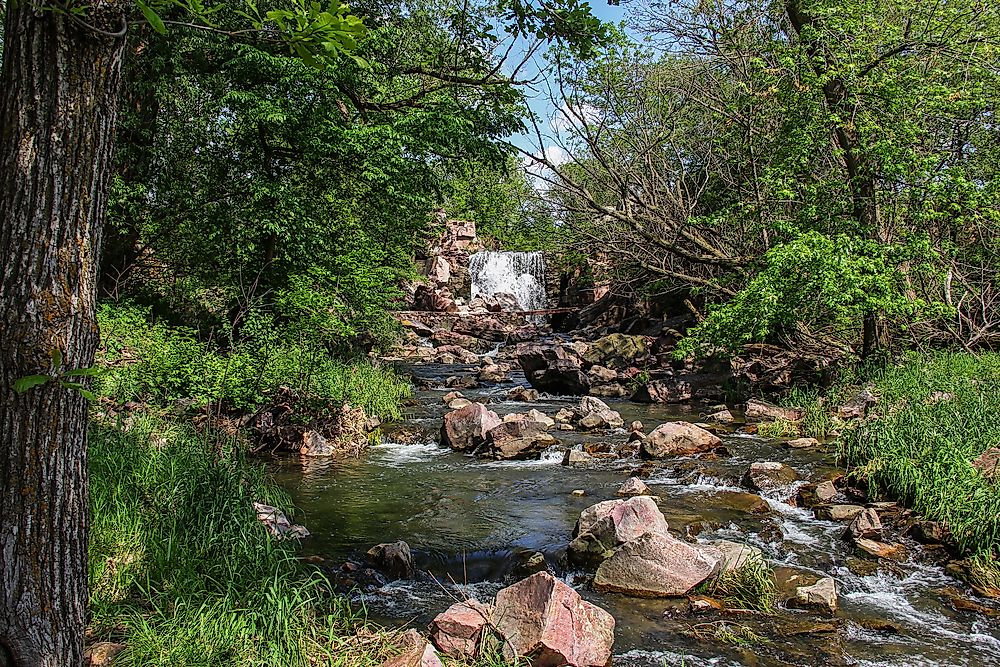Pipestone National Monument - Unique Places in North America

The Pipestone National Monument is situated in Pipestone near the South Dakota-Minnesota border and covers an area of 281.78 acres. The monument got its name from the pipestone that characterizes its geology. The stone is found under the surface at a depth of only 18 inches, sandwiched between strata of hard quartz.
Description
Also known as catlinite, pipestone is a soft rock which is easy to carve and was mined from the quarries found in the monument by Native Americans to make unique pipes for ceremonial smoking. George Catlin, a 19th-century American artist, visited the site in 1836 and was taken aback by the artistry of the Native Americans. The artist would make paintings of the site, which made Americans interested in the quarries. It is from Catlin that the catlinite rock gets its name. The site fell under the protection of US government in 1893 and was designated by an act of US Congress as a national monument in 1937.
Habitat
Pipestone National Monument is known for its prairie, with the grass covering most of the monument’s area. The prairie is home to a range of insects and small animals. The monument is also home to a small herd of bison which graze on the prairie. To encourage the growth of grass, staff regularly burn parcels of the prairie on rotation.
Uniqueness
The quarries in Pipestone National Monument were of great spiritual importance to ancient Native Americans, who made ceremonial pipes out of the catlinite rocks in the quarries. The mining of catlinite from the quarries is believed to have begun in the 17th century after European traders gave them metal digging tools. These Native Americans believed that humans and rock were one, and would sometimes make the smoking pipes in the form of effigies. The site is still sacred to modern Native Americans even in the 21st century, who still practice their traditions of making pipes out of the rocks.
Tourism
Pipestone National Monument has unparalleled natural beauty, making it a regional hotspot for tourists. More than 67,000 tourists visit the monument each year. There is a 0.75-mile trail in Pipestone National Monument that is well-paved and gives tourists access to the many interesting sites in the monument including the picturesque Winnewissa Falls and the therapeutic Pipestone Creek. A guide to follow while on the self-guided trail is issued to tourists at the visitors’ center. The visitors’ center also showcases numerous exhibits of great historical and cultural importance, as well as having a video presentation showing the history of the quarries. Adjacent to the visitors’ center is the Upper Midwest Indian Cultural Center where tourists are shown how the making of pipes was traditionally done, as crafting demonstrations.
Threats
Initially, the Yankton Sioux people resided inside the land in which the monument is situated. However, in 1928, the US government obtained the claim of the land from the Yankton Sioux and established it as a national monument in August 1937. To preserve the monument, the law only allows Native Americans to quarry inside the Pipestone National Monument.











